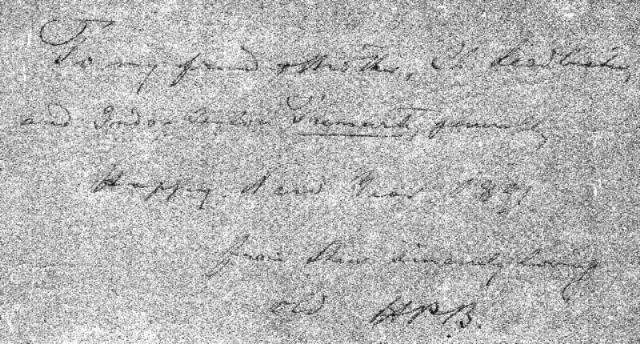Below is the tentative outline for the Symposium on Theosophy and its Legacies, 1 – 2 October 2010, at the University of Sydney, Refectory Room, Main Quad.
Friday, October 1st, 2010
11.00-11.30 Conference Registration and Welcoming Addresses
11.30-12.30 Michael Gomes, H.P. Blavatsky: A Reappraisal
12.30-13.30pm Lunch
13.00-14.30pm Garry Trompf, Theosophical Macrohistory
14.30-15.00 pm Afternoon Tea
15.00-16.00pm Dr Dara Tatray, Theosophy and the Dissenting Western Imagination
Christopher Hartney, The Legacies of Theosophy: Unveiling the Creative Imaginary
16.00-16.30 Coffee break
16.30-18.00 David Pecotic, Growing Higher Bodies - Gurdjieff, Evola and Schwaller de Lubicz: Conditional Immortality and Spiritual Materialism in post-Blavatsky esotercism
Johanna Petsche, Gurdjieff and Blavtasky
Vrasidas Karalis, Gurdjieff and his Belzebub
Conference Dinner
Saturday, October 2nd, 2010
9.00-09.30 Conference Registration
09.30-11.00am Neil Anderson, On Rudolf Steiner's impact on the training of the actor
John Blackwood, Outcomes of work in the study of morphology put forward by Rudolf Steiner
Luke Fischer, Owen Barfield and Rudolf Steiner: The Poetic and Hermetic Imagination
11.00-11.30am Morning Tea
11.30-13.00pm Alex Norman, Spiritual Explorers: Theosophical Travellers to the East and Their Impact on Modern Spiritual Tourism
Zoe Alderton, ‘Roy de Maistre’s Colour in Art: Theosophy Finds a Place in Australian Modernism’
Fiona Fraser, The Nature Studies of Phyllis Campbell
12.45-1.30pm Lunch
14.00-16.00 Robert Tulip, Blavatsky and the Great Year: Astrology in the Bible
Al Boag, From Blavatsky to Krishnamurti: Hindu Chronology, Biblical Eschatology, Physiology
Morandir Armson, The Transitory Tarot: An Examination of Tarot Cards, the 21st Century New Age and Theosophical Thought
15.30-16.00 Afternoon Tea
16.00-17.00pm Discussion: Theosophy and the Modern World
Blavatsky News hopes to provide in-depth coverage for this historic event, the first academic conference on Theosophy.

